

James Wong
2025 Mazda CX-5 G25 Touring AWD review
5 Days Ago
The Nürburgring is one of the most famous tracks in the world. Why is it used so often by manufacturers to develop their road cars?

Contributor


Contributor
Scottish Formula 1 driver Sir Jackie Stewart called the Nürburgring ‘The Green Hell’ after a rainy, foggy victory in the 1968 German Grand Prix.
The nickname has stuck, and come to define the character of the track. Put simply, the Nürburgring is tortuous for both the vehicle and its driver.
Located near the town of Nürburg in a heavily forested area (hence the ‘green’ nickname) in the western German state of Rhineland-Palatinate, the Nürburgring features several layouts.
The one primarily used by carmakers for vehicle testing and development is the modern 20.83 km Nordschleife (North Loop) which also constitutes the longest track configuration.
MORE: The fastest cars around the Nurburgring
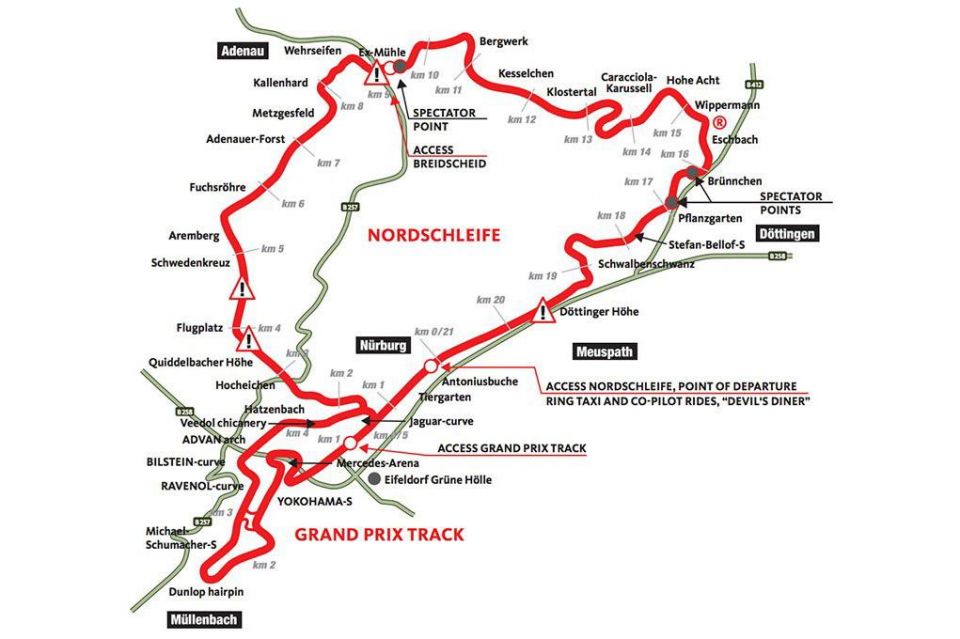
Other layouts include the shorter Grand Prix track used by Formula 1 (among others), and a combined route including the Nordschleife and GP circuit, often used in endurance racing.
On the Nordschleife, various carmakers and suppliers such as tyre manufacturers have joined forces to form an Industry Pool (or I-Pool) to monopolise daytime use of the track for up to 18 weeks per year for vehicle development and testing.
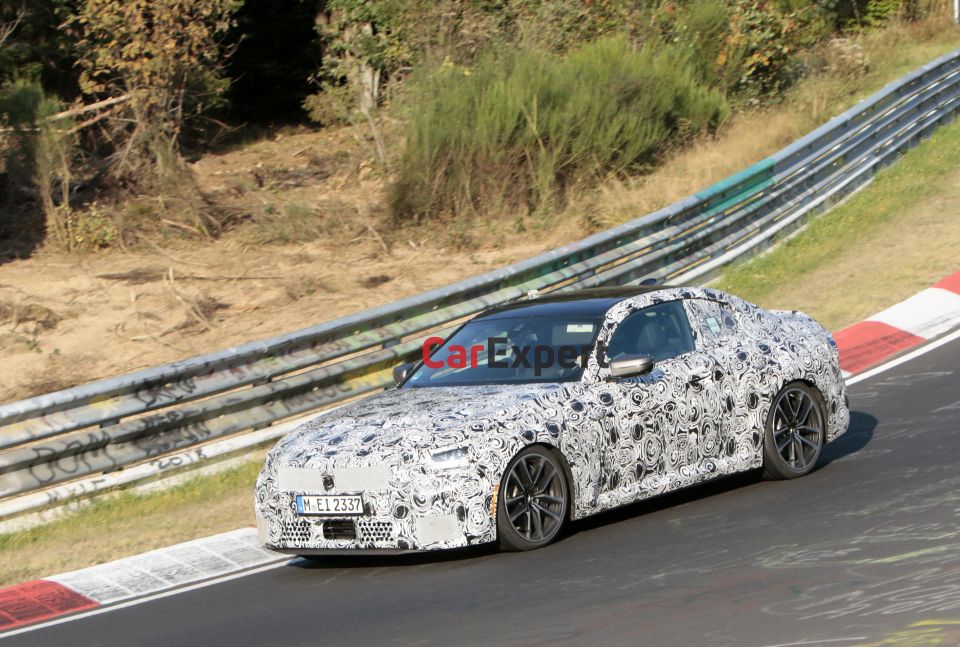
Each week is a four or five day session, commencing at 8:00am and finishing at 5:15pm.
Industry Pool weeks are often when spy photographers take photos of camouflaged engineering or prototype vehicles undergoing testing.
Some of the main reasons manufacturers test their cars on the Nürburgring are the layout of the track, as well as its surface and undulations. That’s also why lap times around the Nürburgring are so highly regarded, and are often held up as the gold standard by which a car’s performance is judged.
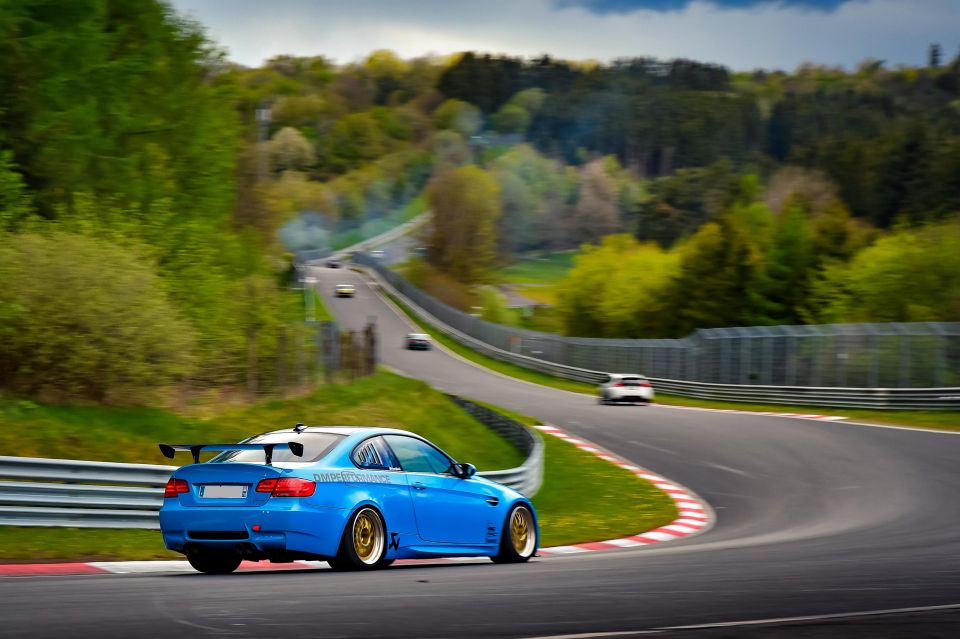
The Nordschleife in particular has a varied layout, combining long straights that enable a car to reach its top speed with narrow sections such as the Fuchsröhre (Fox Hole), where the track plunges downhill through a series of kinks, creating very high g-forces.
Other famous components of the track include the Plfanzgarten (Planting Garden) over which cars often become airborne, and the Bergwerk, a sharp, narrow blind corner.

All of this makes the Nordschleife an ideal place to highlight any vehicle stability issues during the engineering phase. It also provides a very thorough evaluation of electronic components such as the tuning of its stability control and anti-lock braking systems.
Having a high average speed together with tight, slow turns and the overall length of the track puts components such as tyres, brakes, and engine cooling hardware under high levels of stress.
A car that doesn’t handle will struggle around the Nordschleife, which makes it a good place to fine-tune at-the-limit behaviour.
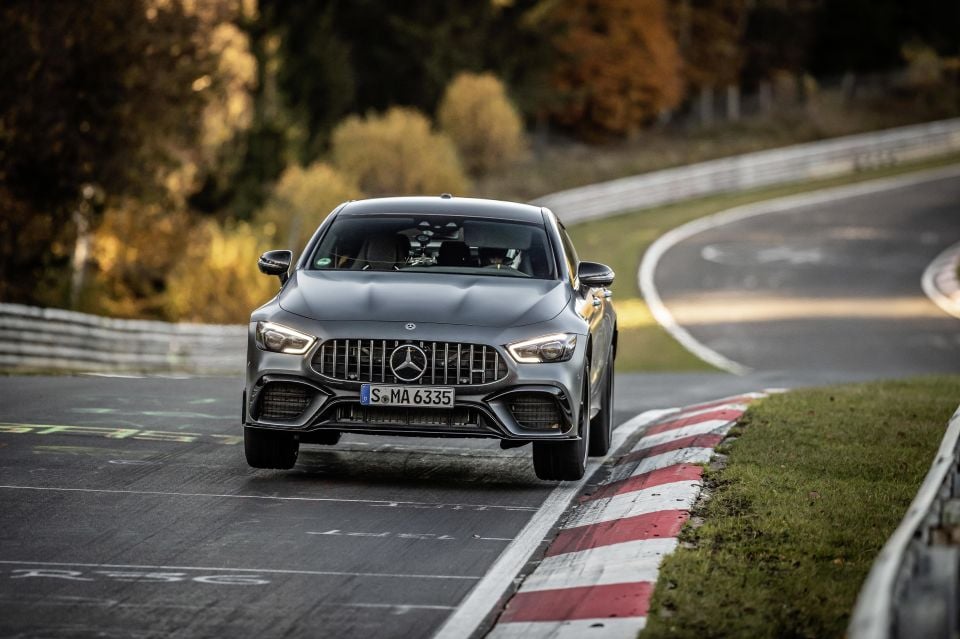
Germany is known for its well-surfaced autobahns, so it would be easy to assume the Nürburgring is billiard-table smooth. The reality is very different.
The Nordschleife particular features bumpy asphalt combined with smooth concrete sections, such as on the banked Carousel turn.
This is all coupled with sudden elevation changes, with a gap of approximately 300m between the track’s highest and lowest points, and numerous points on the track where there are sharp, blind crests and sudden turns pushing the car both uphill and downhill.
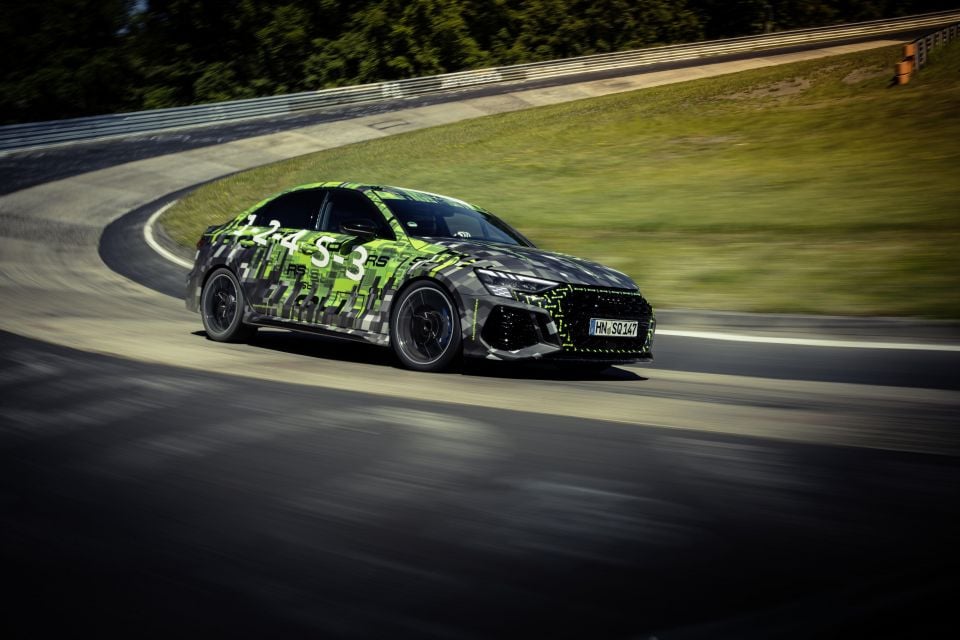
The combination of varied surfacing and elevation provide a demanding test of a car’s suspension and damping systems.
Too firm, and a car might be deflected off its line, which doesn’t bode well for comfort and refinement on poorly-surfaced roads. Too soft, on the other hand, and the car’s overall agility and handling may be compromised.
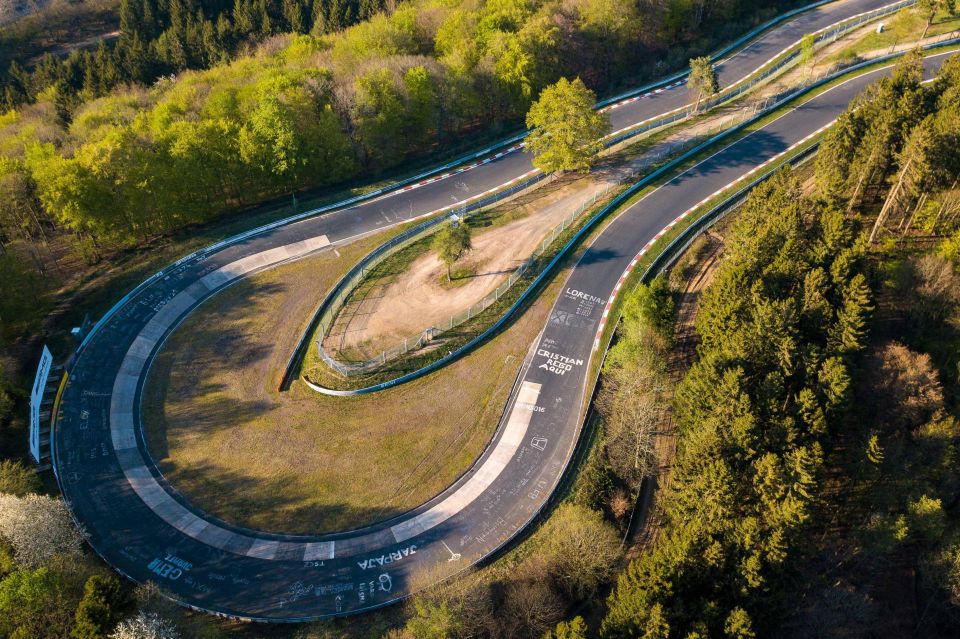
Often, an automaker’s garden variety models are put through their paces at the Nürburgring not for outright performance, but for durability testing. Engineers at Jaguar Land Rover, for example, claim one mile at the Nürburgring is equivalent to 12 miles of testing on a public road.
Hyundai, which maintains its own office and testing facilities at the Nürburgring, claims the track’s varied surfacing saves it the expense of having to travel to countless other locations around the world.
It suggests each development car completes approximately 500 laps of the track, equating to perhaps 10,000km on the track but equivalent to 180,000km in the real world, enabling the entire lifecycle of the car to be evaluated in a condensed fashion.

Perhaps the affordable performance car with the most explicit link to the Nürburgring is the Volkswagen Golf GTI Clubsport, which has a drive mode where the dampers and chassis systems are optimised for driving at the Nürburgring.
This setting reportedly retains a sharp throttle response but softens the car’s dampers slightly.
Other hot hatches have marketed their testing at the Nordschleife less explicitly.
Given how many carmakers are part of the I-Pool, it’s likely the GTI Clubsport’s rivals have all cut their fair share of laps… without shouting about it quite as much.


James Wong
5 Days Ago


Max Davies
4 Days Ago


Josh Nevett
3 Days Ago


Josh Nevett
2 Days Ago


Paul Maric
1 Day Ago


Damion Smy
16 Hours Ago